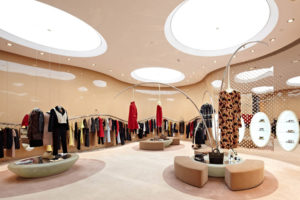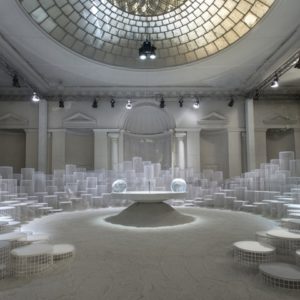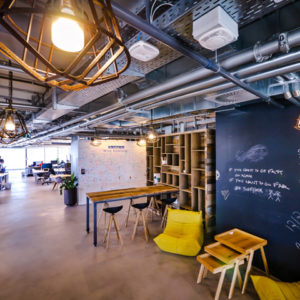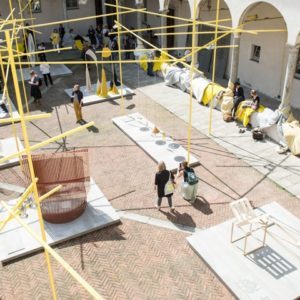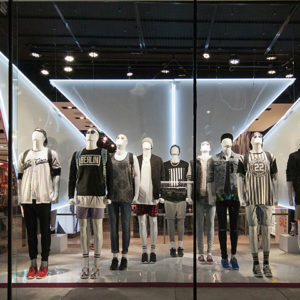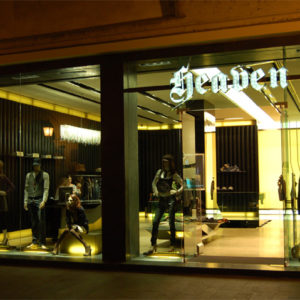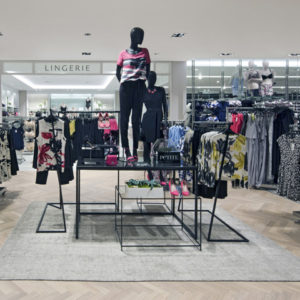


University Life at Work
One of the most important features of the Googleplex is that its overall plan was designed to mimic the loosely structured nature of a university campus. Clive Wilkinson Architects found that the nature of the company as well as the existing building complex was perfectly suited to merge the idea of workplace with the experiences found within an educational environment.
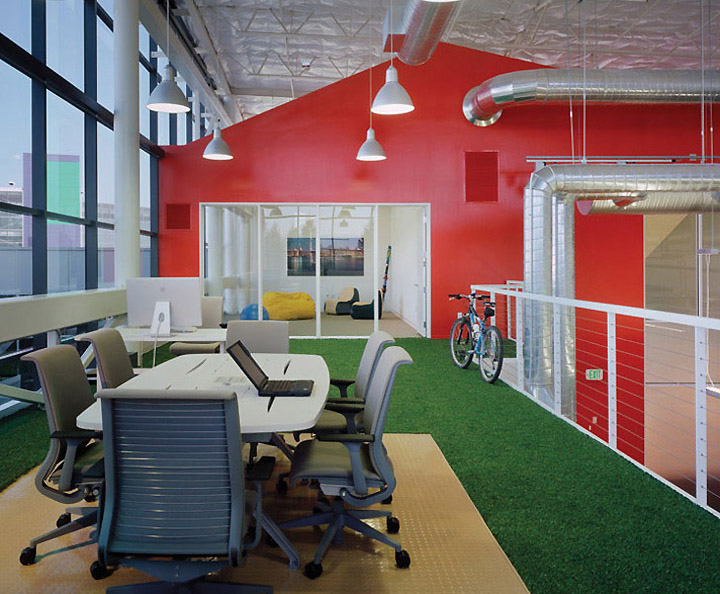
Unstructured by Design
This university-themed design makes its way into the actual plan by offering employees a variety of experiences throughout the workplace. Rather than giving employees only the basics of an office like a desk, a lunchroom, and a conference space – the Googleplex was created with 13 different possible settings.

“In a university environment, you typically have the option of self-directed work, a selection of work styles or work environments, independent study subject choices, either private or within a group.” The educational environment is also extended by including more formal lecture and “tech talk” areas – as well as a plethora of whiteboards for impromptu employee problem-solving and discussion.
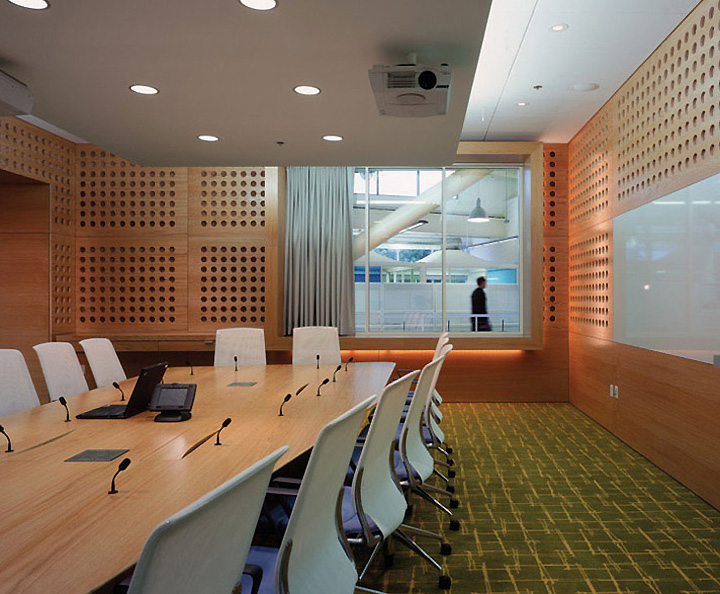
A Plan for Reducing Distraction
Though it might seem that distraction in such an office might be inevitable, Google and Clive Wilkinson Architects worked to create a work environment that best suited employees. Clive Wilkinson notes that the Google team believed strongly in enclosed work areas for coding engineers, housing 3-4 employees where they can be productive both individually and collaboratively.
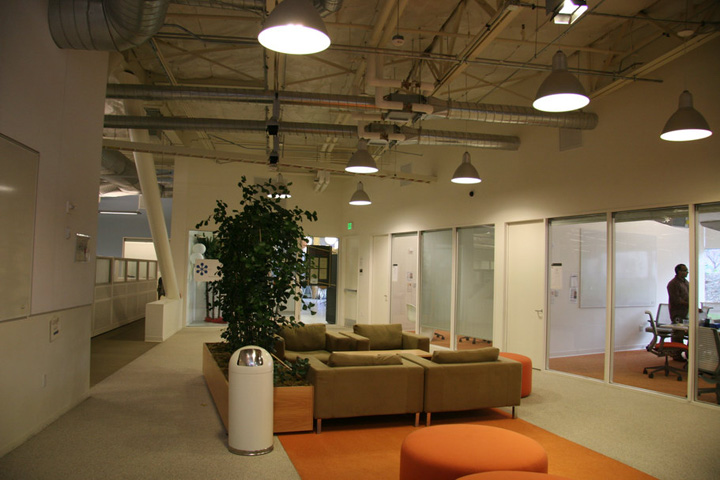
Though this workstyle works great for productivity, Google’s cofounders insisted on these rooms being located on exterior of the building to bring in natural light. For the design team, this meant the walls must be made of glass to allow for light to travel to the rest of the building effectively. These rooms also used soft-padded roofs to alleviate the harsh acoustics glass walls produce.

Spontaneous Interaction and the Value of Play
One of the great experiences of University life is that there are so many opportunities on campus to have spontaneous interaction with fellow students. Whether it be at the cafeteria, library, sporting events, parties, dormitory, or just walking from class to class – there are many places it can occur.
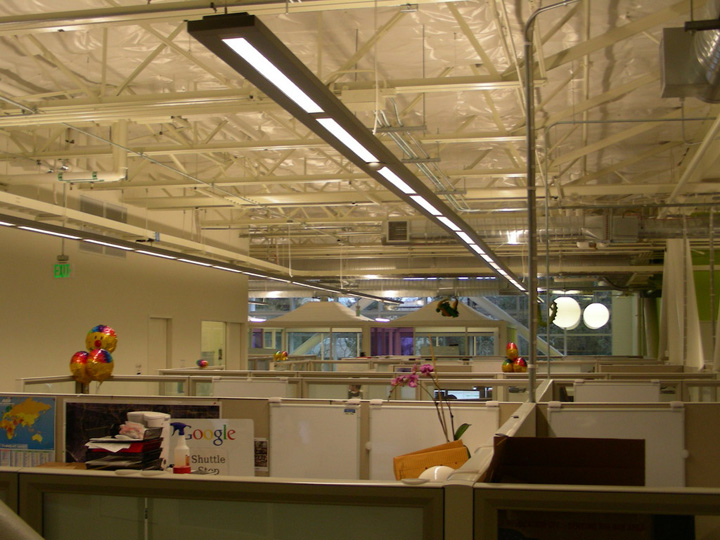
We’ve discussed spontaneous interaction as being one of the magic factors at Pixar’s Emeryville Campus – and a large part of that is density. When enough people are packed into a finite space, interaction will happen. And by bringing the University vibe into the workplace, the goal is to encourage an atmosphere of learning and scholarship.
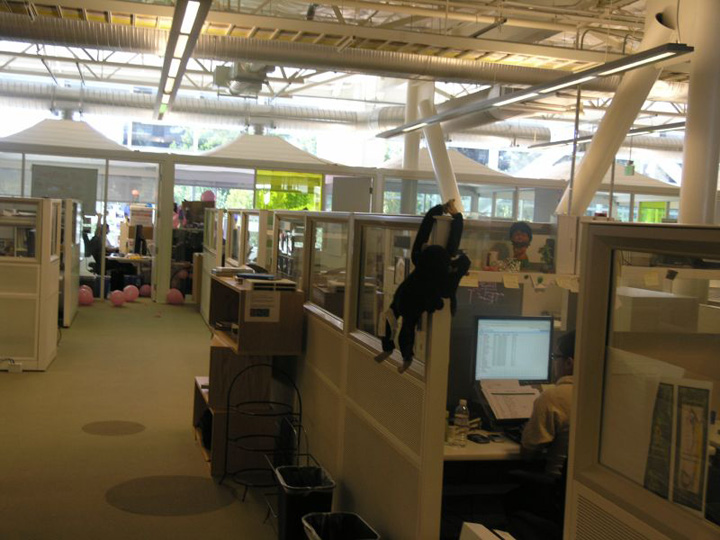
A key characteristic of the Google Campus that makes it so special is its playfulness and just overall fun feeling. The architects noted that Google “valued play as immensely important – allowing employees to treat the world as a massive ground for experimentation.”
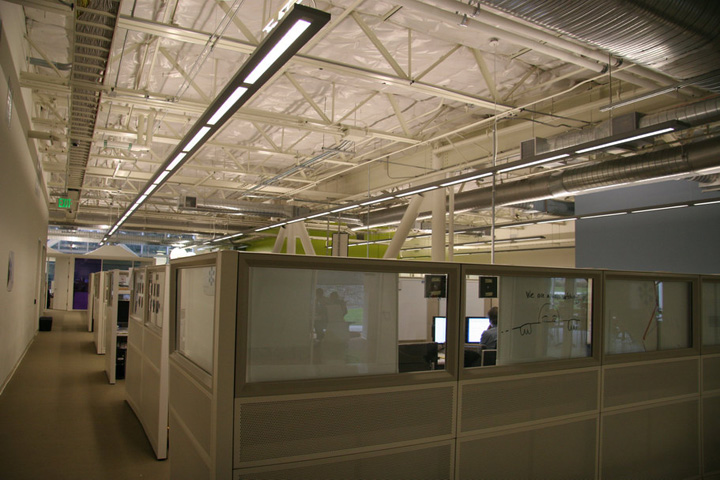
Free Food
One of the most interesting elements Google seems to have brought to the tech office world – at least in a sustainable way – is the concept of free food throughout the majority of the day. Universities have long offered food for students as a way to keep them on campus and (conveniently) engaged in University life.
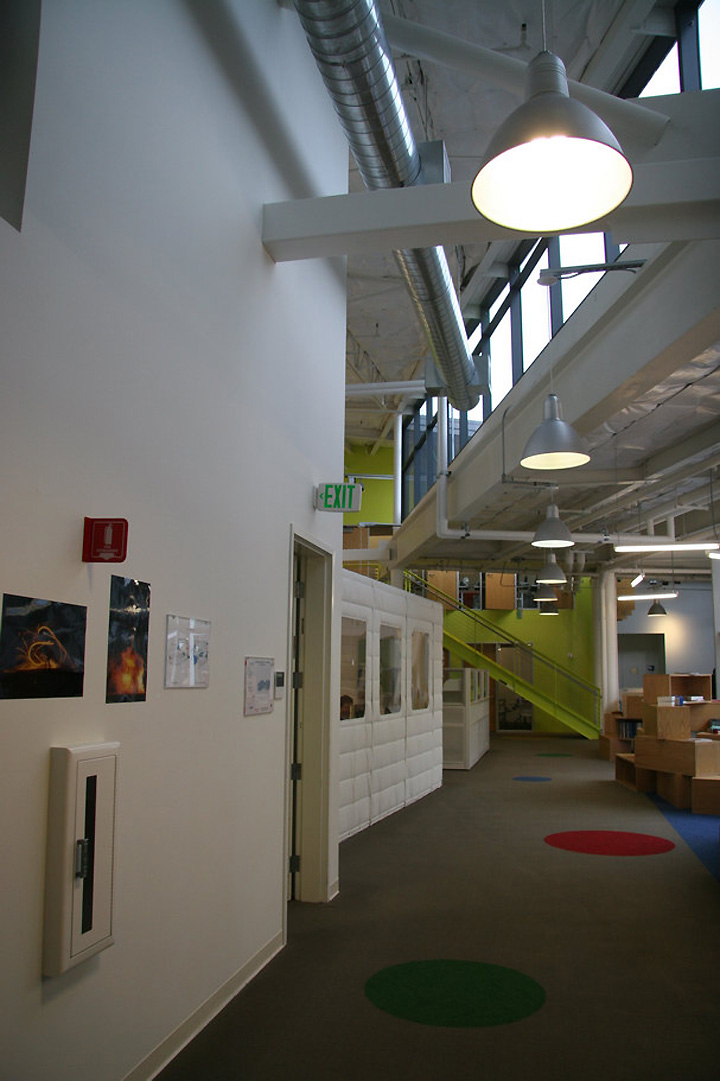
Companies that offer this perk do it generlaly in the name of health – but I’ve got a sneaking suspician it is so they don’t lose tons of work hours by having employees leaving the campus to eat food. This way, you are basically working while you eat by discussing with coworkers.




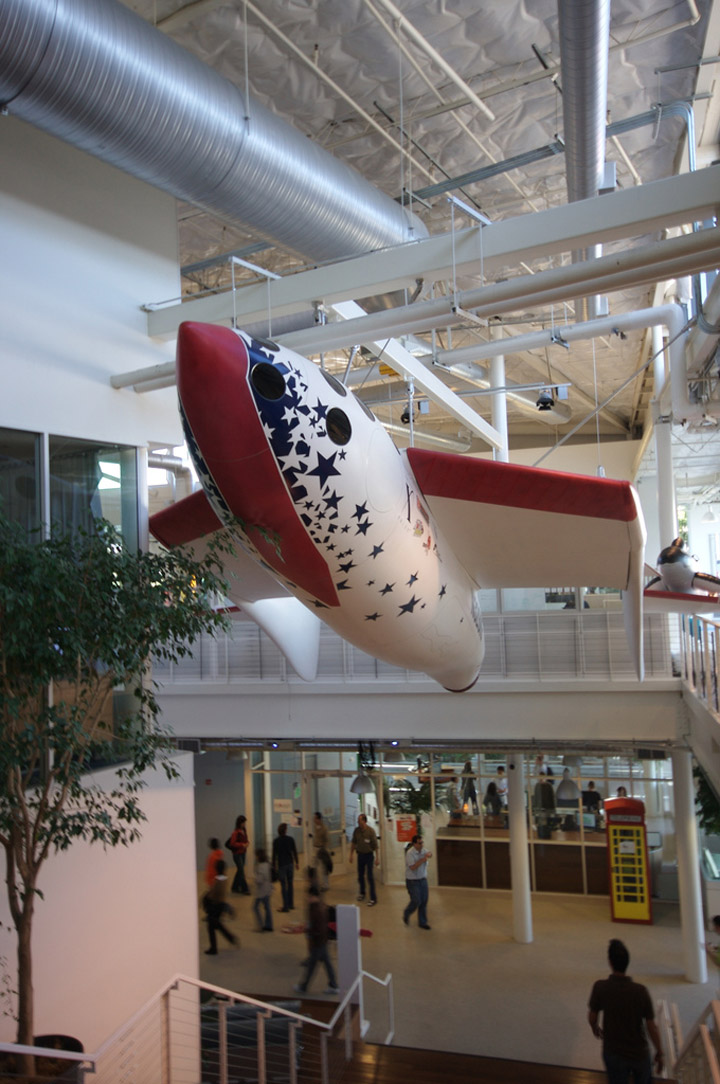

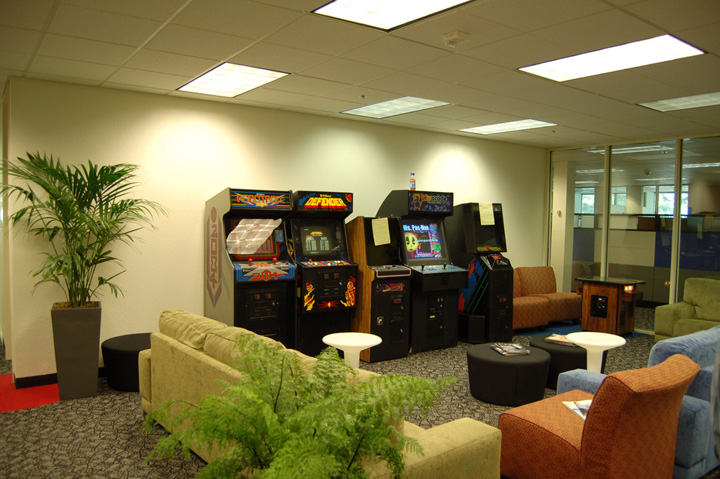
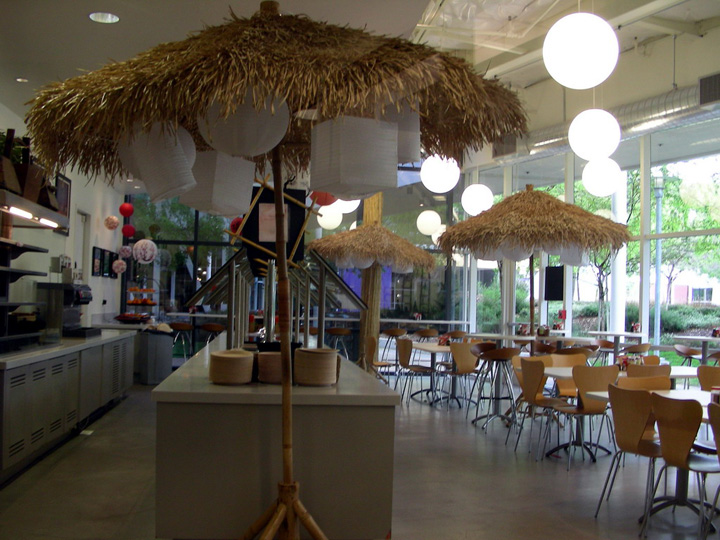


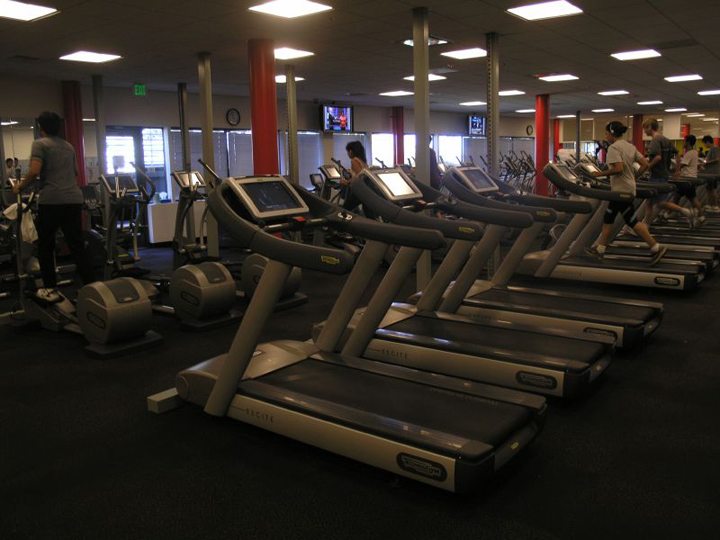
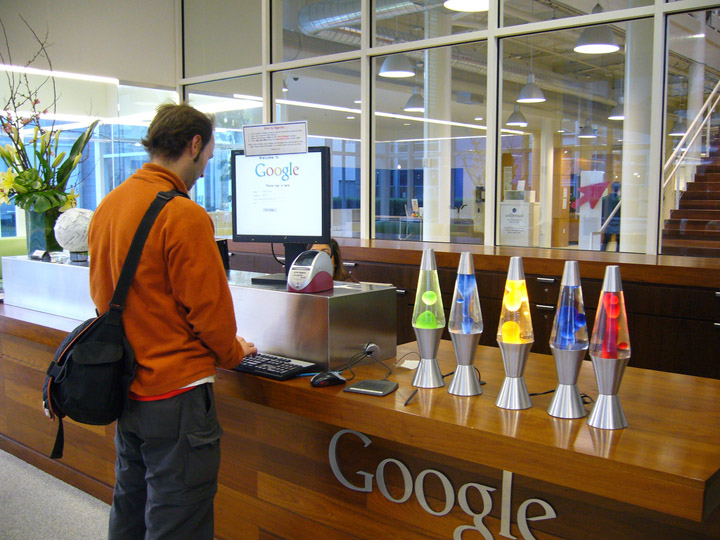
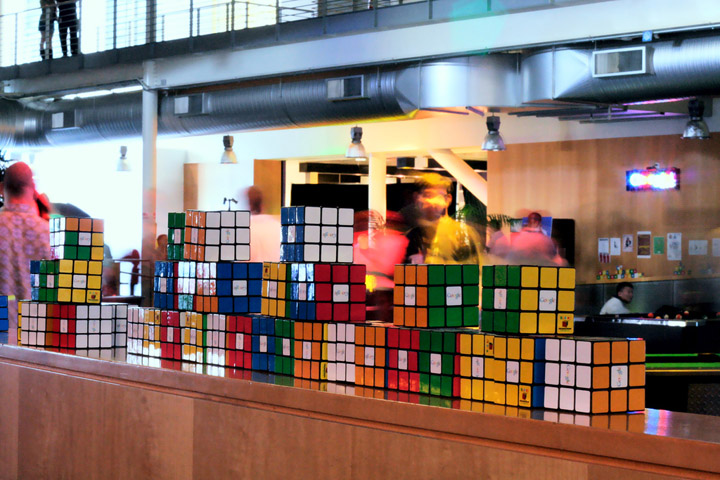
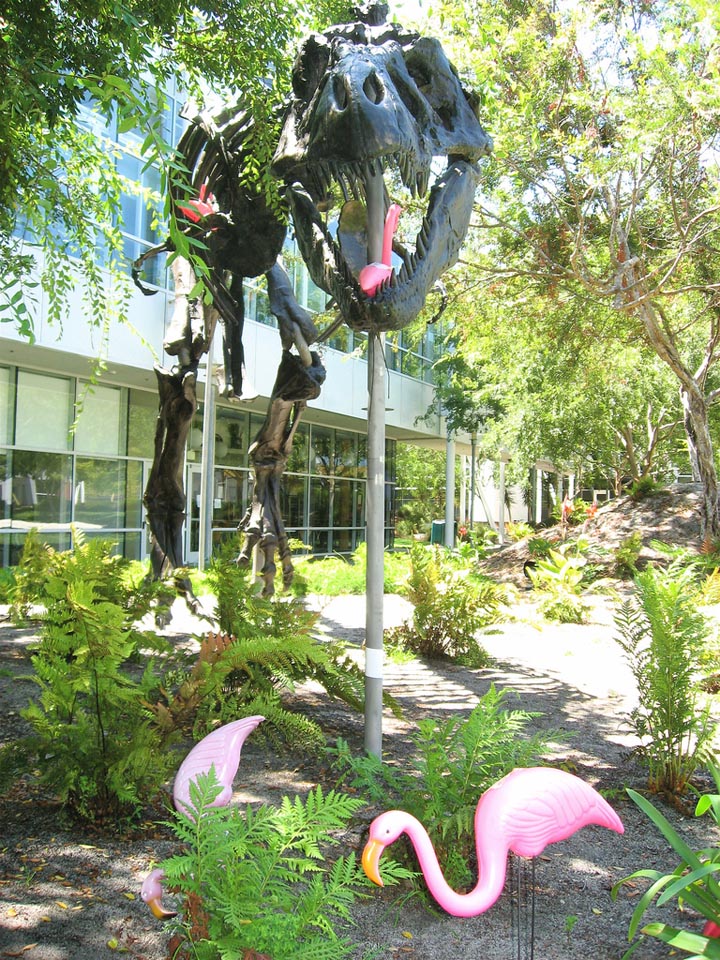

http://www.officesnapshots.com/2012/11/09/the-googleplex-and-the-rise-of-the-corporate-university-campus/
http://www.officesnapshots.com/2008/02/19/google-mountainview-headquarters/
























Add to collection

